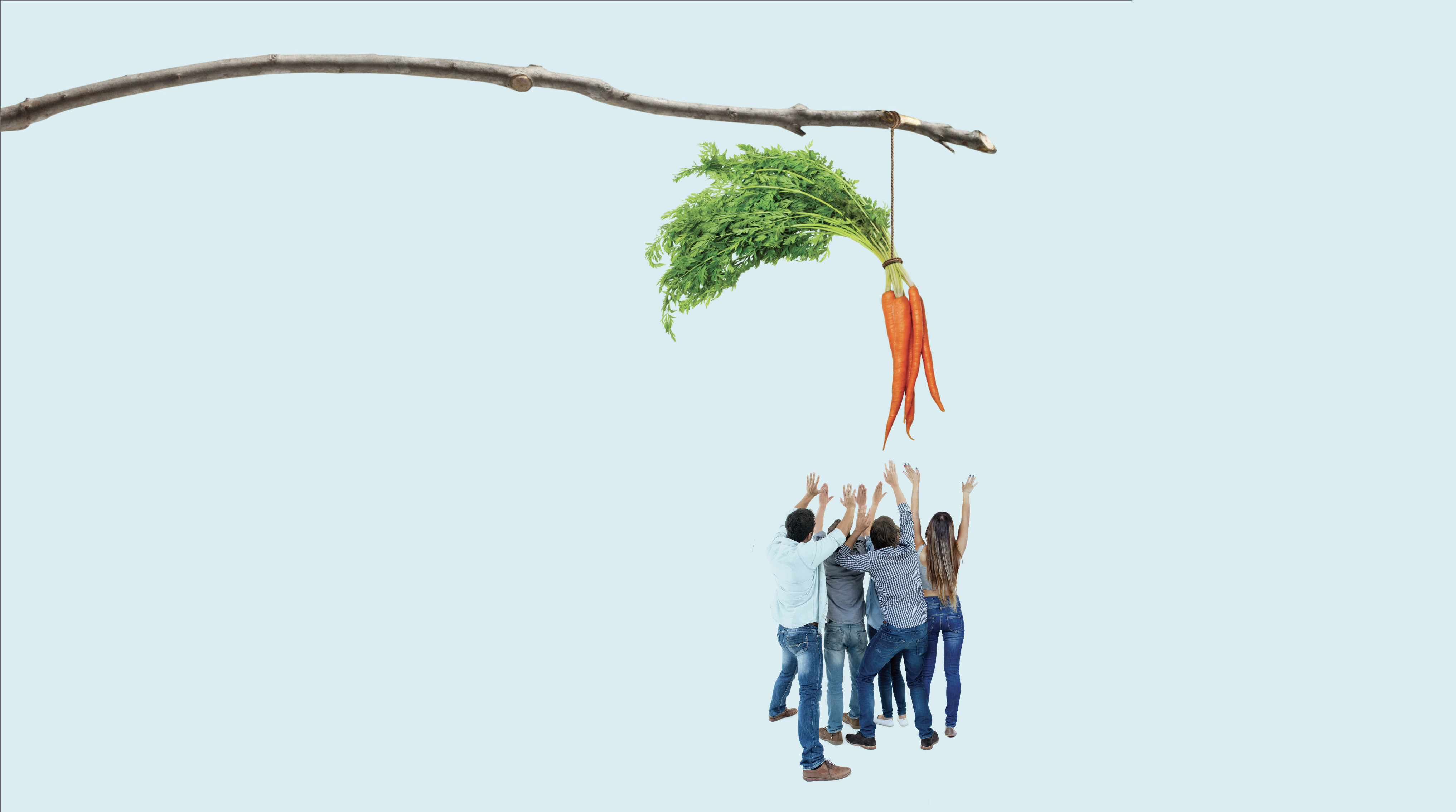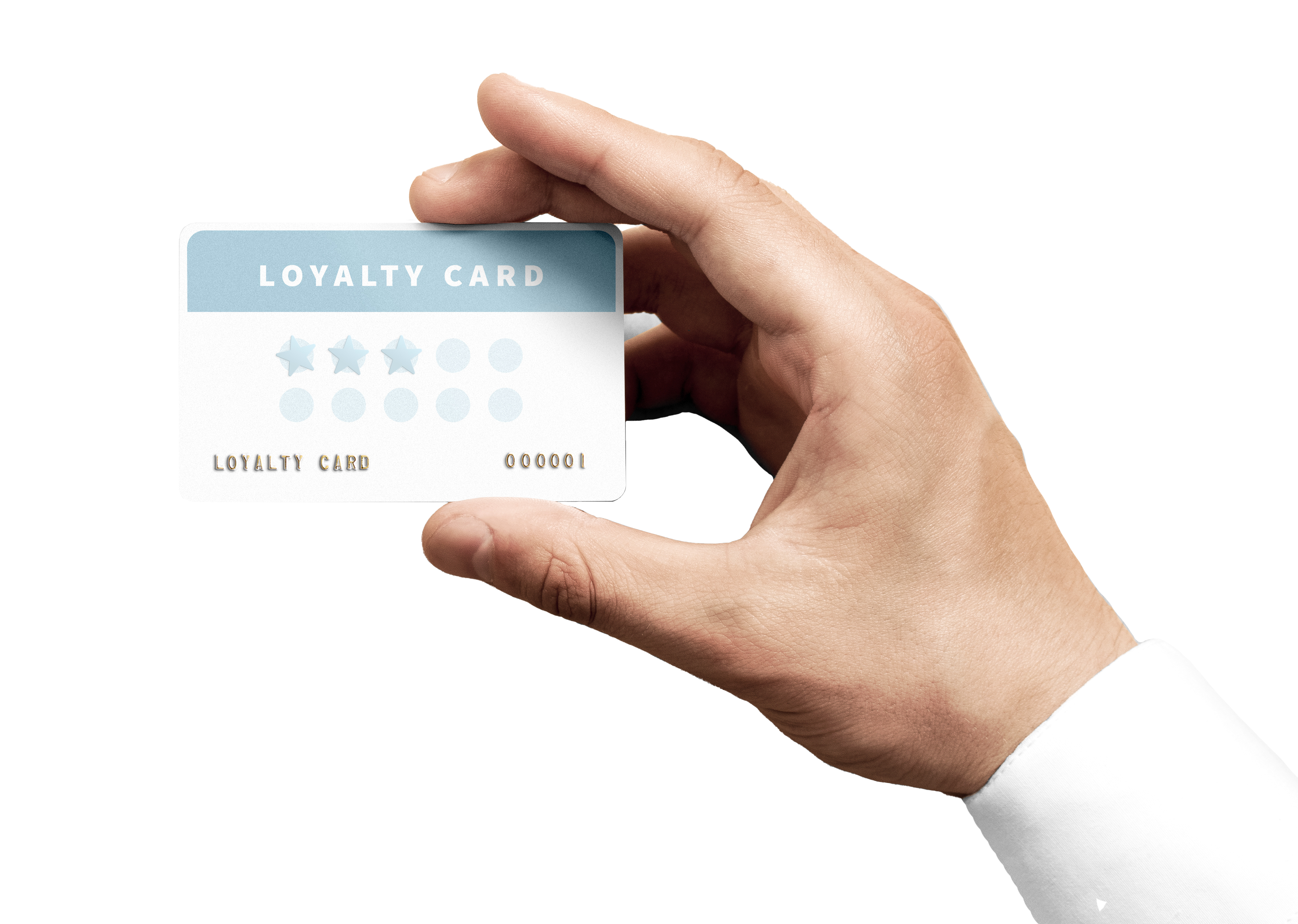
9 minute read
Unlocking customer loyalty
Retaining customers is vital for insurers to maintain profitability, reduce expenses and remain competitive. Do loyalty programs give insurers and their customers what they really want?
BY // Susan Muldowney
IN SHORT
› Data shows that APAC consumers are loyalty program enthusiasts, but successful programs require leadership buy-in and a deep level of customer understanding.
› Programs that reward riskaverse habits can benefit insurers through customer retention and the potential for fewer claims.
› Loyalty programs present costs and challenges that must be carefully managed and clearly communicated.
_____
In a competitive insurance industry, loyalty can be hard won. Given the rising cost of living and soaring customer expectations, insurers can risk losing customers unless they offer a compelling reason to stay. Loyalty programs are widely viewed as powerful tools for driving customer growth and retention, but do they really work and what are the key ingredients for success?
Data from global public opinion company YouGov shows 72 per cent of APAC consumers are loyalty program enthusiasts who subscribe when given the opportunity. At their best, the programs can strengthen customer relationships through tangible, personalised rewards and help to reduce claims by encouraging risk-averse habits, such as safe driving or a healthy lifestyle. At their worst, they can be a costly exercise, with minimal customer buy-in.
Adam Posner, founder and CEO of customer loyalty consultancy The Point of Loyalty, says successful programs share several common traits. “The number one ingredient for success is having clarity around a program’s purpose,” he says.
“The entire leadership team and everyone else in the business needs to know why they’re building a program. I’ve seen programs fail or experience real challenges when the CEO says to the head of loyalty, ‘Why have we got the program again? Why is it costing us this amount? What’s the return on investment?’.”
The number one ingredient for success is having clarity around a program’s purpose.
Adam Posner / The Point of Loyalty
Giving customers what they want
Loyalty programs come in many forms. Some offer points to be redeemed with program partners, while others promote longer-term engagement through tiered program membership. Members are ranked into groups based on certain metrics, such as exercise milestones. Some programs also target customer acquisition by rewarding members for referring a friend.
Research from IBM shows customer acquisition costs rose from 15.8 per cent of gross written premium in 2018 to 17.9 per cent in 2022. It also shows that 64 per cent of consumers want their insurers to understand them well.
This level of customer understanding is another feature of successful loyalty programs, says Posner.
“Insurers clearly have a wide customer base, but there are opportunities to segment them. There might be an older skew or a younger skew, for example, and certain benefits and rewards are going to be much more appealing to some than others, so knowing your customers will ensure a loyalty program is fit for purpose.”
In Singapore, Manulife’s ManulifeMOVE rewards program is tailored to customers’ preferences.
The company’s research shows that four in five Singaporeans choose to stay healthy through general everyday movements and that they are significantly more likely to want cashback as a reward, compared with their regional counterparts. ManulifeMOVE, launched in Singapore in 2018, was localised so that customers who achieve an average of 10,000 steps daily will receive a recurring S$50 cashback every six months, until the end of their life insurance policy.
Posner says financial benefit is one of the most attractive customer rewards for loyalty program members (see breakout on next page). “Programs that build community are also attractive,” he adds. “One example is Medibank, which sponsors parkrun events.”
Medibank has been a parkrun partner since 2016. Eligible members of its Live Better rewards program earn extra points to be redeemed with Medibank retail partners when participating in one or more parkrun events in a month.
A win–win proposition
Loyalty programs that incentivise behaviour like a healthy lifestyle can be a win–win for insurers by helping them to retain customers while potentially reducing claims.
Two such programs in Australia are TAL Health Sense and Health Sense Plus. The Health Sense
BMI discount supports and encourages longterm good health by offering customers up to 15 per cent off TAL Accelerated Protection Life, Critical Illness and TPD premiums when their BMI is between 19.0 and 28.0. Health Sense Plus rewards customers for participating in preventive screening programs, such as regular blood glucose monitoring to identify diabetes mellitus at an early stage. While TAL does not request the results of these screening tests, its eligible customers are rewarded with a 5 per cent discount on their lump-sum premiums every two years.
Aaron Newman, TAL general manager of Individual Life Product, says the programs help to build the brand’s reputation and encourage customer retention.
“The programs also align with the evolving expectations of our customers and reward and encourage them for making healthy lifestyle choices,” he says.
The AIA Vitality program also provides an incentive for members to make healthier lifestyle choices.
Stephanie Phillips, chief shared value and marketing officer at AIA Australia, says the savings generated from reducing claims and improving retention are passed back to members in the form of lower insurance premiums and behavioural incentives.
“This creates a virtuous circle that benefits AIA customers and society, as well as AIA itself,” she says.
The AIA Vitality program in Australia celebrates its 10th anniversary this year. Its data shows that throughout that time, program members have taken more than 420 billion steps, completed almost two million health and wellbeing assessments and earned shopping rewards vouchers worth A$60 million.
“They’ve also had almost four million visits to our partner gyms,” says Phillips.

Easing the cost of living
Times of economic turbulence can present a huge opportunity for loyalty programs to engage and support members. The 2024 For Love or MoneyTM report by The Point of Loyalty shows 42 per cent of loyalty program members become more actively involved with the programs during times of economic uncertainty to maximise their rewards and savings.
New Zealand’s largest health insurer, Southern Cross Health Society, rewards its members with a range of benefits, including partner offers from healthcare retailers such as Bailey Nelson, Specsavers, Feel Fresh Nutrition and Les Mills.
Regan Savage, chief sales and marketing officer for Southern Cross’s health insurance arm, says details of reward uptake are commercially sensitive, but that “a significant percentage of our membership base” engages with the offers each month.
“Across a year, due to our strong membership, this means hundreds of thousands of transactions where our members take advantage of the deals and offers we have negotiated on their behalf to aid their health and wellbeing,” he says.
Savage says the key to a successful partnership is ensuring there’s a “win–win for all key stakeholders, with the member at the top of the tree”.
“Partners must have good national coverage and meet the needs of members on their healthcare and lifestyle wellbeing journey,” he says. “They must also provide valuable products and services in a challenging cost-of-living environment.”
The tip I give is to always be generous, knowing that there could be a big impact.
Adam Posner / The Point of Loyalty
The cost of loyalty
Loyalty programs may generate benefits like customer retention, but they also come at a cost. One of the biggest expenses, notes Posner, may be the rewards themselves.
“Are you giving away margin by offering membership discounts? Even if the reward is through a partner, there will still be some kind of cost associated with bringing them on board.”
There are also system and technology costs associated with setting up and maintaining a program platform, plus the expense of program resources and management. Data from the Global Customer Loyalty Report 2023 by loyalty technology provider Antavo shows that the average loyalty program requires a management team of 16 employees from a single or multiple departments. “There are also marketing costs, plus the costs associated with protecting customer data,” says Posner.
Along with costs, loyalty programs carry risks associated with rolling back a reward.
“It’s the breaking of a promise and members feel they’ve earned their rewards, so if you change the value or you remove an entire reward, you risk losing trust, which is closely aligned to loyalty,” says Posner.
However, partnerships change, and insurers may be required to modify their reward offerings. In some cases, entire reward programs may be discontinued.
“The tip I give is to always be generous, knowing that there could be a big impact,” says Posner. “As an example, I rolled back a program for a company, and they closed the points program down and attributed the points to a certain value that they had promised. They turned them into vouchers, and they doubled the value. They had very positive feedback. In fact, some members were surprised by the generosity.”
Clear communication is vital when modifying loyalty rewards, but customer engagement is also a valuable outcome of loyalty programs. They give insurers another reason to communicate with customers and to reinforce what’s in it for them.
Newman says keeping members connected to its loyalty programs also keeps them connected to TAL.
“The programs provide opportunities for TAL and advisers to regularly engage with customers and clients on a range of topics, beyond the value of life insurance, which can foster more meaningful relationships.”

INGREDIENTS FOR SUCCESS
Adam Posner is author of the annual research report For Love or MoneyTM, which tracks key trends and insights on customer loyalty and loyalty programs in Australia and New Zealand. The research has tracked what Posner calls “the collection of six currencies loyalty program members care about”.
1 / MONEY
Programs that reward and remunerate members with financial benefits such as discounts, cashback, earning points for rewards and members-only pricing.
2 / MEMORY
Programs that add ‘moments of magic’ to members’ lives, with experiences such as special events, limited releases and gifts.
3 / TIME
Programs that make life easier, such as providing digital receipts, an app with easy payments or a member support hotline.
4 / ME
Programs that make members feel special, through personalised communications, tailored offers or product recommendations based on previous purchases.
5 / MY
Programs that provide a choice of rewards that members can redeem, such as the choice of a birthday gift or choice from a catalogue of rewards.
6 / US
Programs that connect members with other people and causes, such as member forums, fitness clubs or opportunities to donate rewards to charity.
Source: The Point of Loyalty 2024



